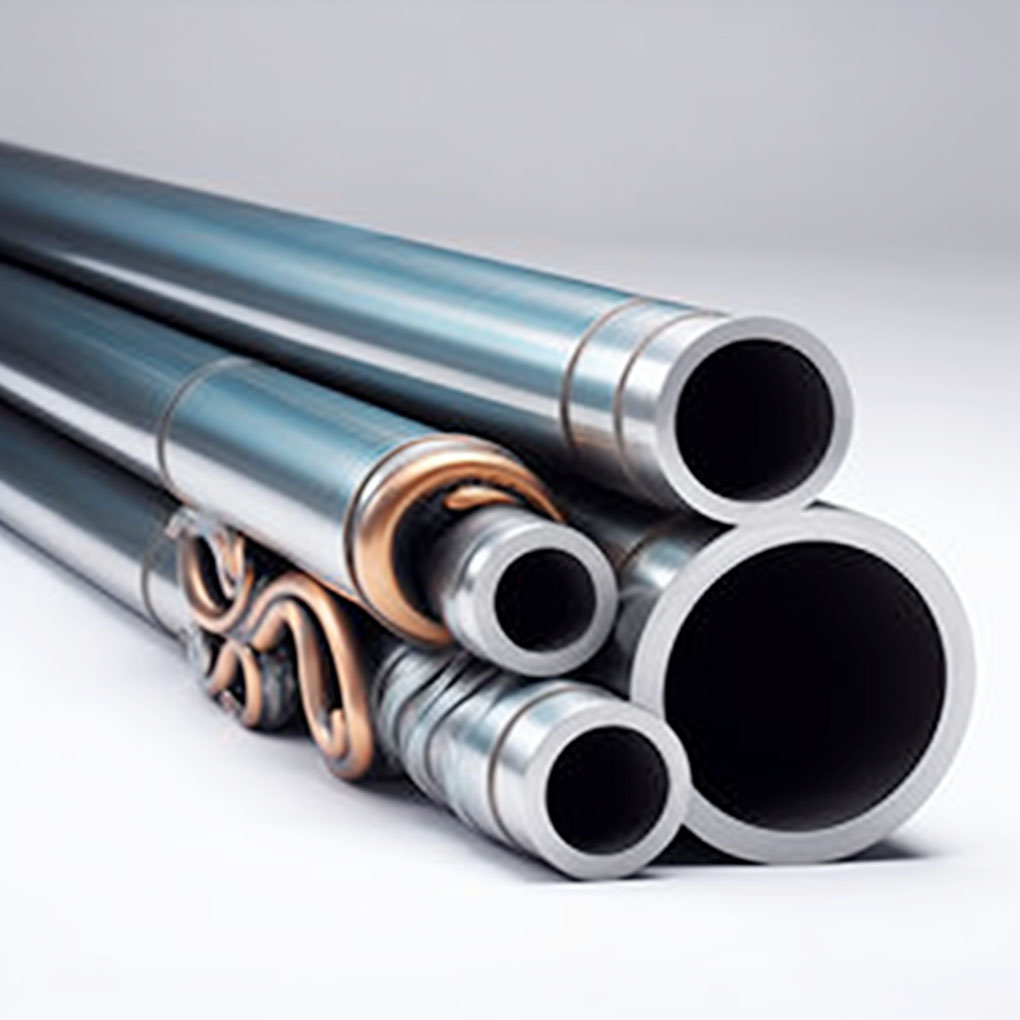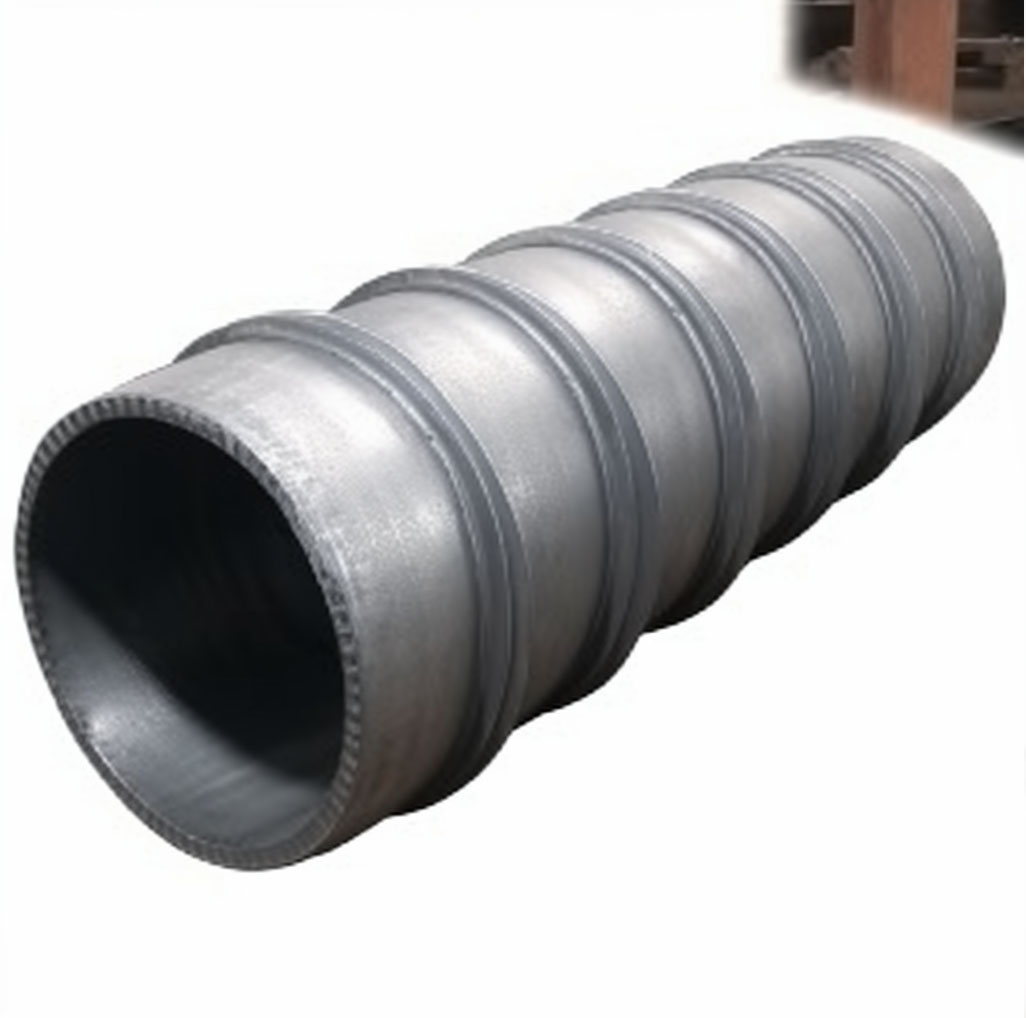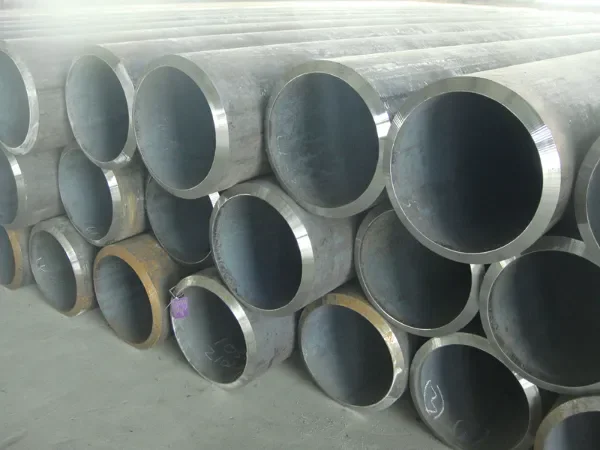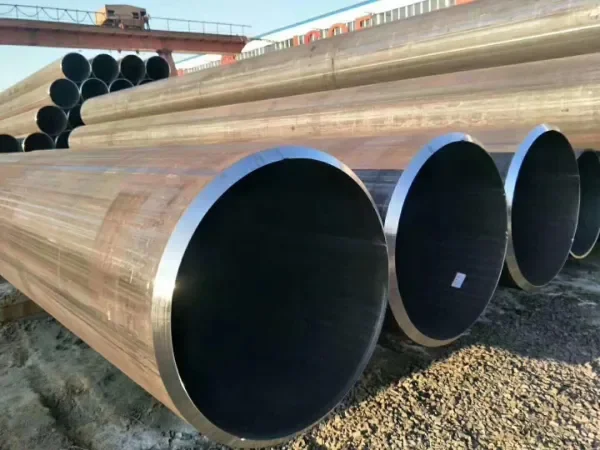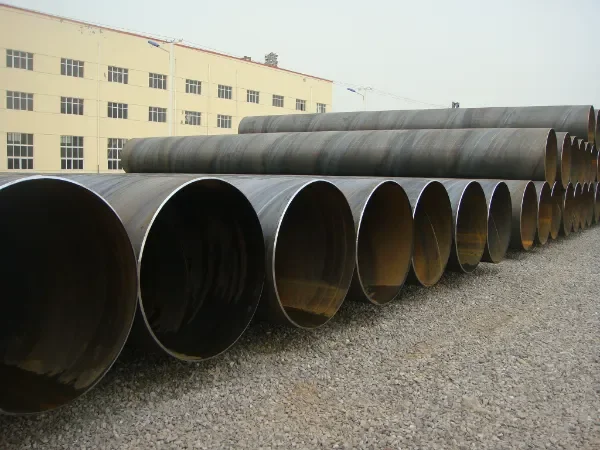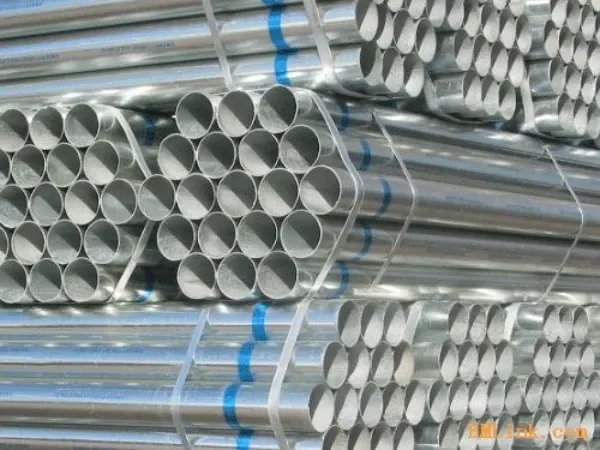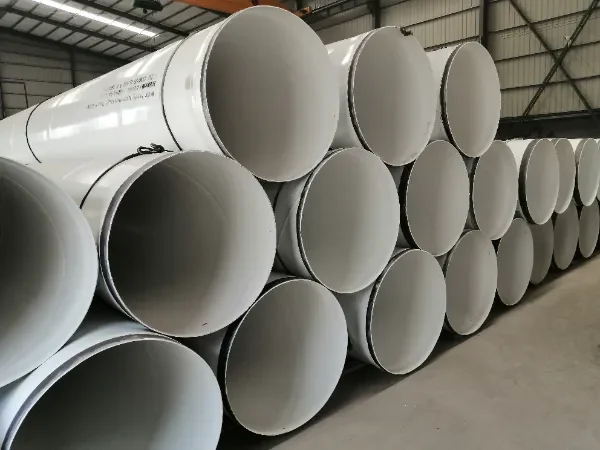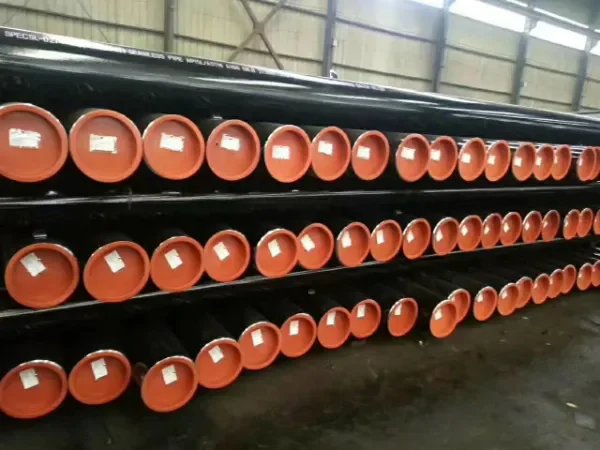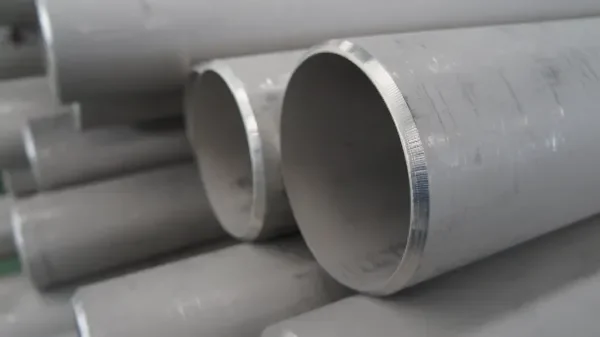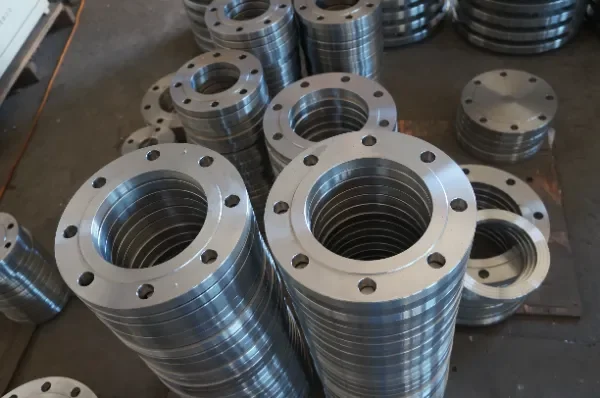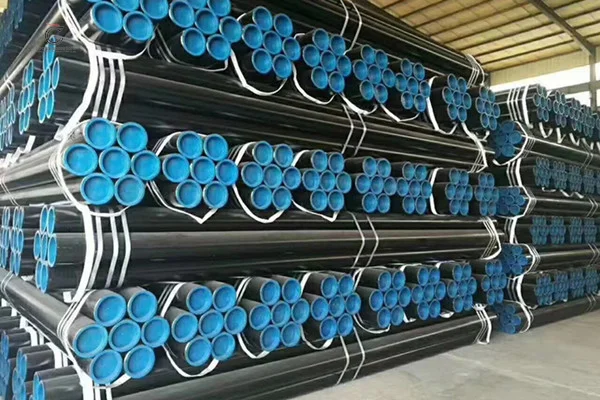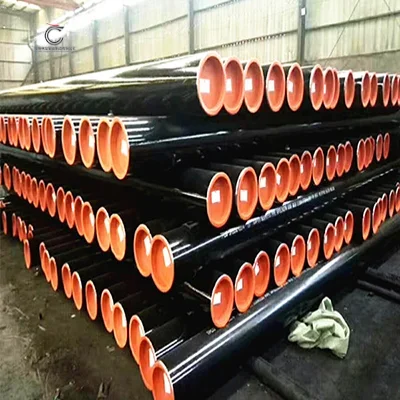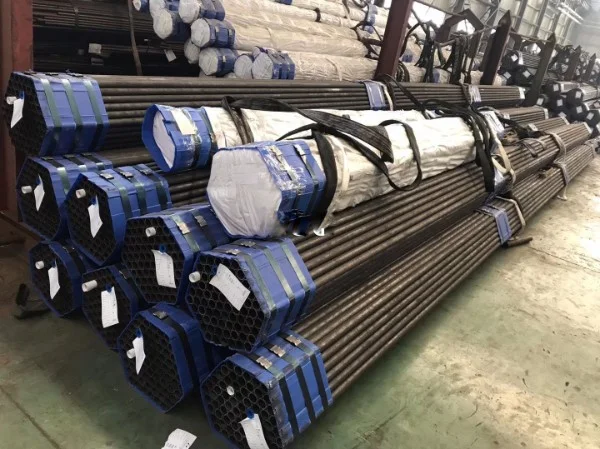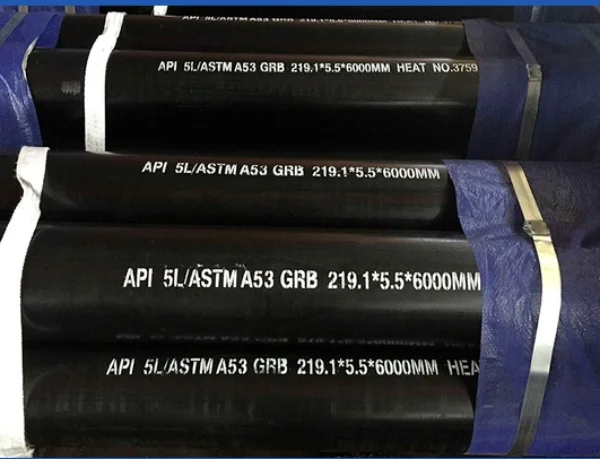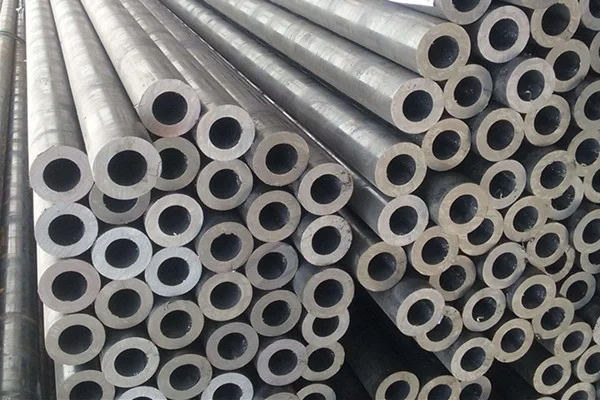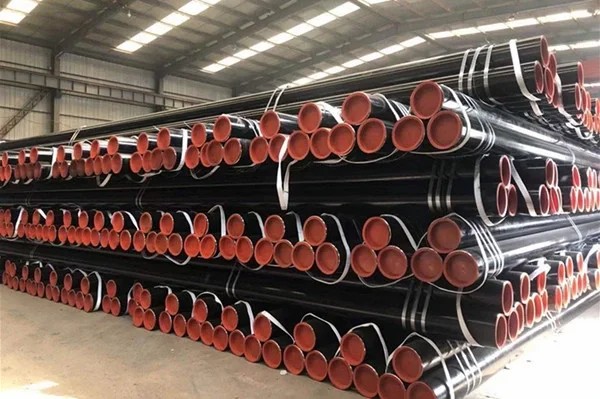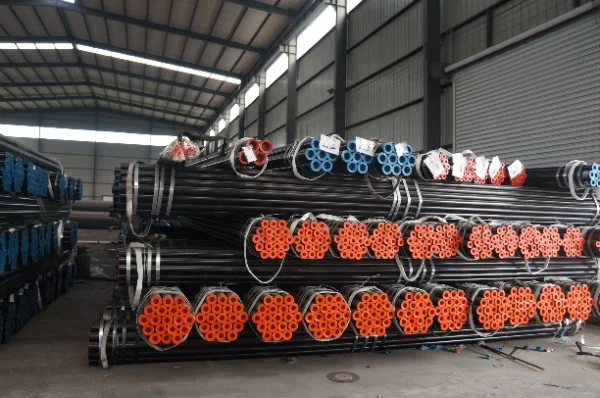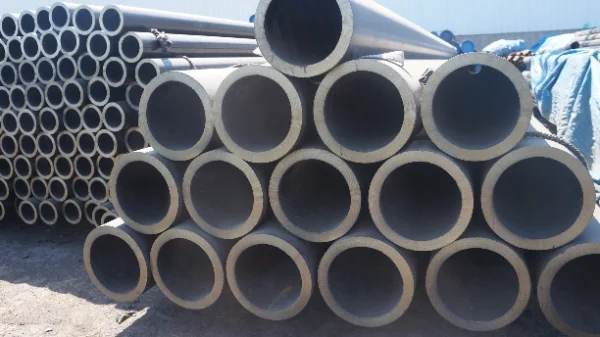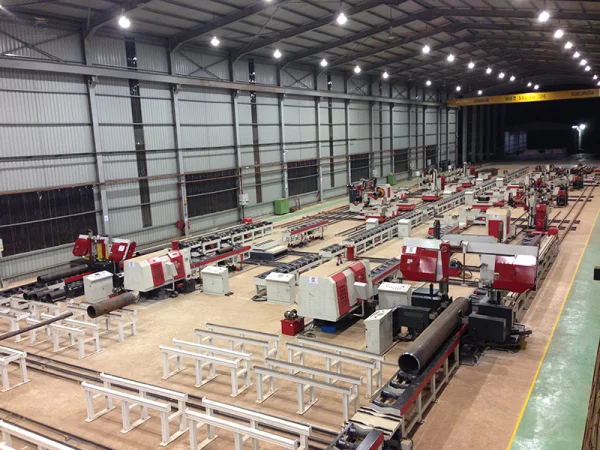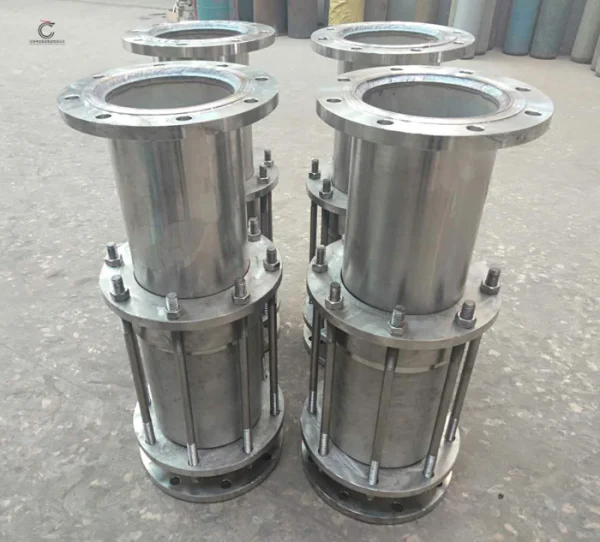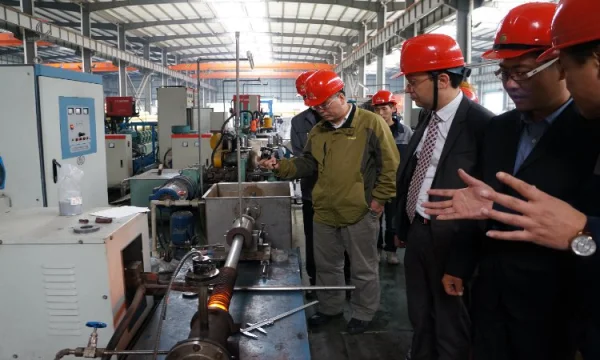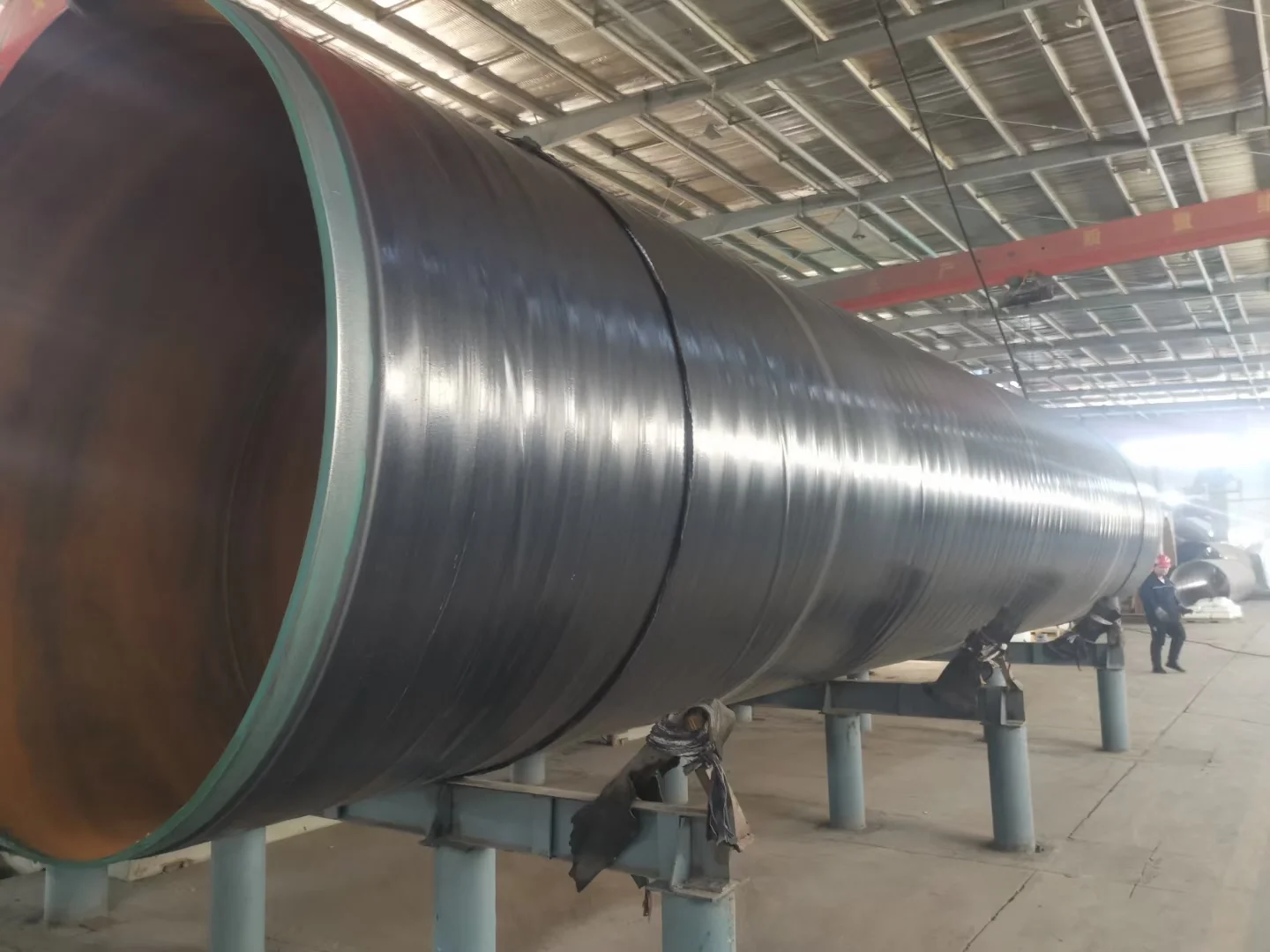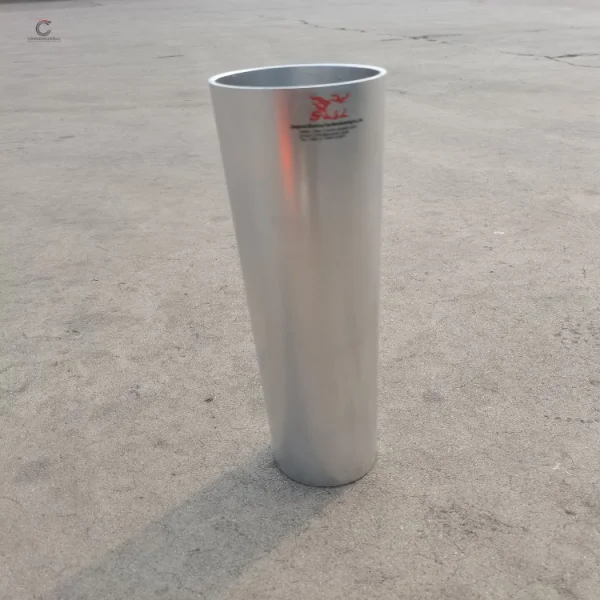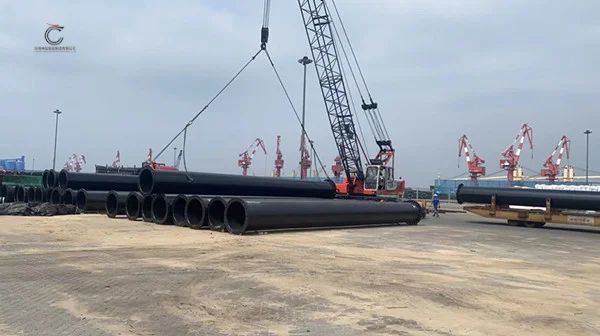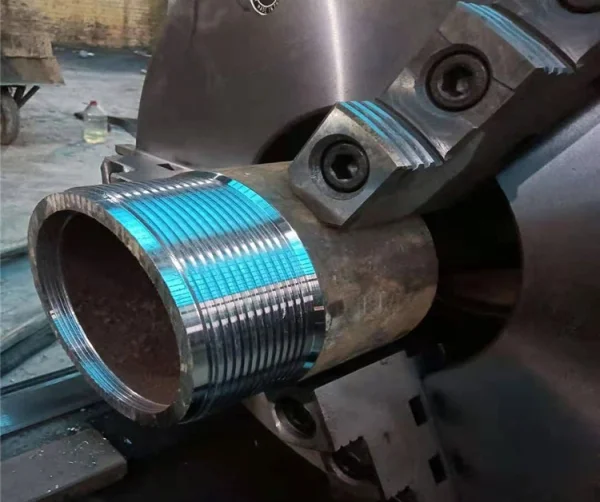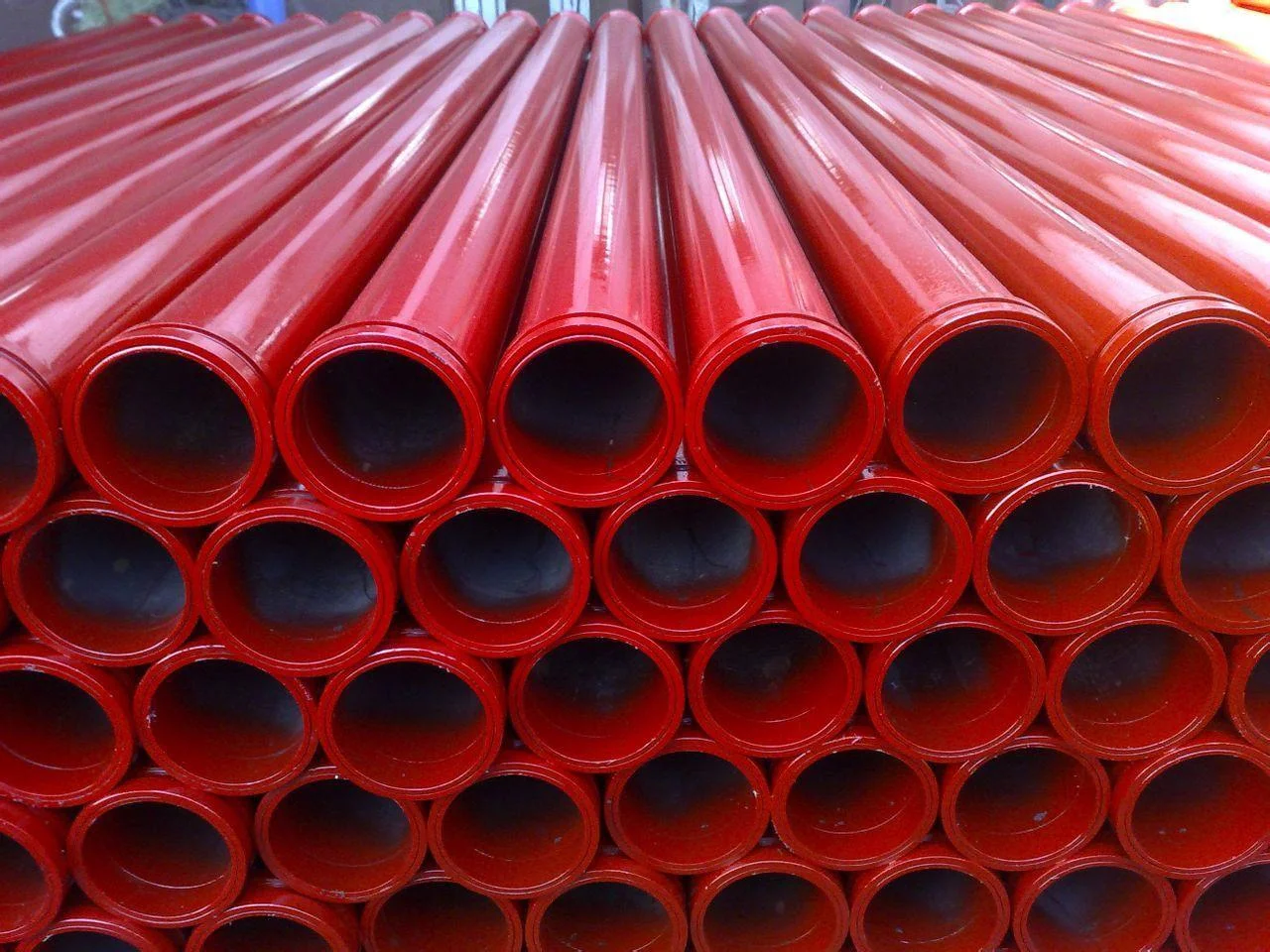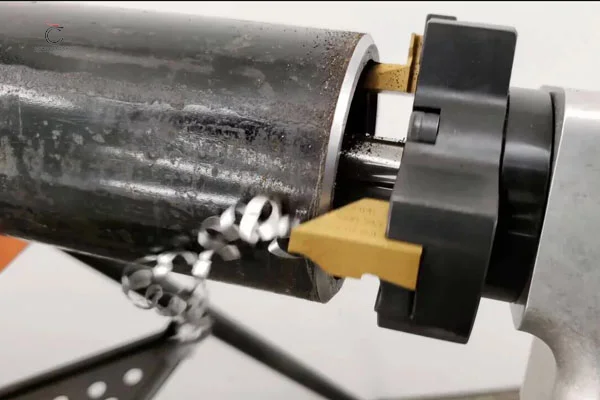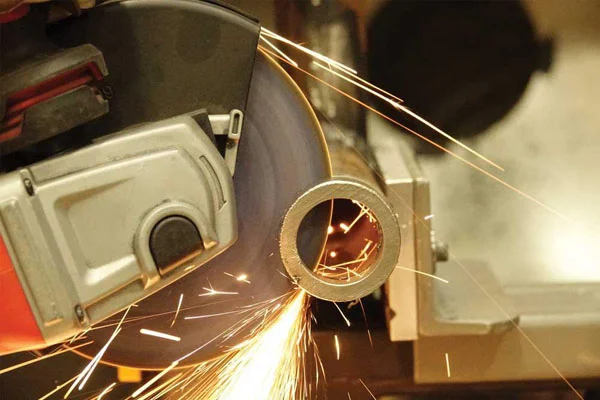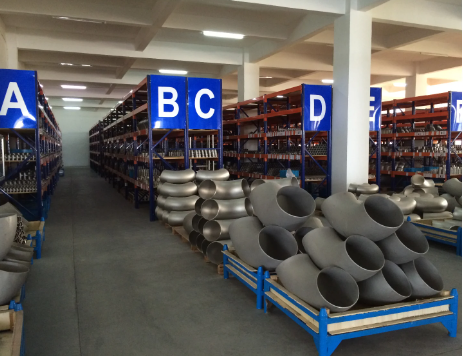Product List
Low Temperature Pipe
Product name: Low temperature pipe, Low temperature steel pipe, Low temperature seamless steel pipe
Materials: GR.1, GR3, GR4, GR6 etc.
Standard: ASTM A333/ASME A333
Specification:
Low temperature pipe has many advantagesservice, such as higher strength, better rigidity and lower expansion coefificient. There is not only better stability but aslo higher heat transfer efficiency. Tube & pipe for low-temperature service can be widely used in low temperature engineering.
ASTM/ASME A/SA-333 Grades allow for cold temperature service to minus 150 degrees F. Material is always provided in the normalized condition at a minimum and Charpy Impact tested to a specific temperature range to assure compliance with the required service temperature.
Low temperature steel grade and its use
This specification covers seamless and welded steel pipe for low temperature service.

Low temperature pipe produ ction process
hot rolling,Cold drawn, cutting,etc.
Low temperature pipe package and storage
Safe and Seaworthy packing suitable for export; As per customer’s requirement.
Low temperature pipe feature
ASTM A333 (ASME S/A-333) Pipe grades permit low temperature service. This specification covers nominal (average) walled pipe almost exclusively in seamless. Several grades of ferritic steel are included. Some product sizes may not be available under this specification because heavier wall thicknesses have an adverse effect on low-temperature impact properties. A333 pipe is furnished to nine different grades designated by numbers 1, 3, 4, 6, 7, 8, 9, 10, & 11.
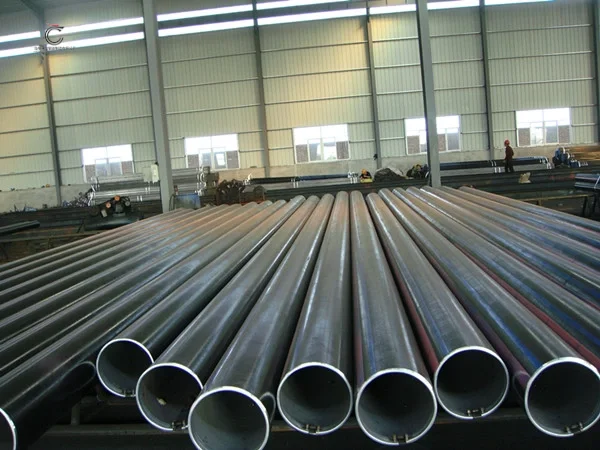


Low temperature seamless steel pipe is suitable for -45℃~-195℃ grade low temperature pressure vessel pipes and seamless steel pipes for low temperature heat exchanger pipes. In order to make low temperature seamless steel pipe useful, it is necessary to add other metals to it as a consultant . Monitoring the gas also makes it impossible to guarantee the condition that it needs to be completely sealed by the gas. After all, when the workers are finely welding, the gloves still have to contact the GB/T18984_2003 cryogenic tube. For some special cases, such as the welding body is large, in order to optimize the frequency, the arc is also used to serve as the gas condition.
Low temperature seamless steel pipe measures to prevent cold shrinkage
(1) Pay attention to the nature of the pipe
Austenitic stainless steel usually used for low temperature pipelines at -100℃~-164℃, its linear expansion is larger than that of carbon steel. Therefore, the displacement of austenitic stainless steel is quite large. Due to the thin wall thickness of many stainless steel pipes, the strength is low, so the setting of these pipe supports should be considered.
(2) Several measures to reduce the force acting on the piping system due to pipeline shrinkage
(a) Use self-expanding piping.
(b) with an expansion loop.
(c) Use expansion joints.
(d) Pay attention to displacemen




